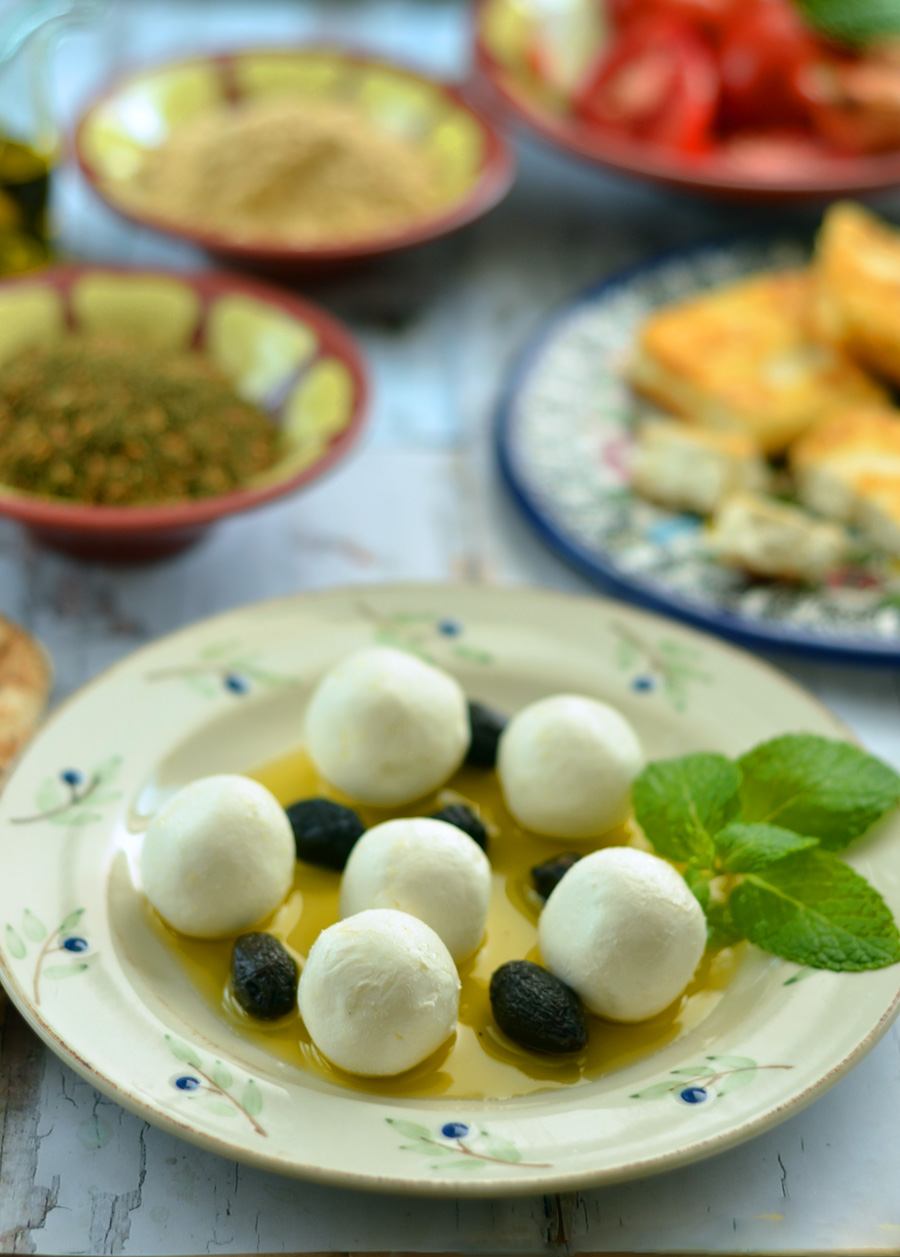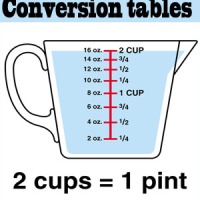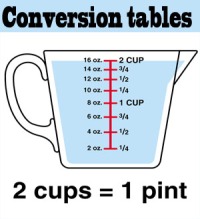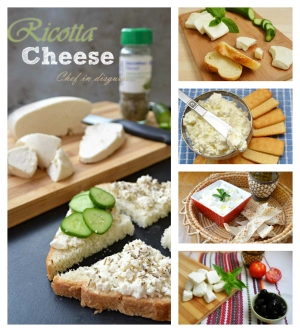Some call it yogurt cheese, others call it the Lebanese cream cheese but it is most commonly known as labneh. It is a staple on any breakfast menu, one of my favorite dips, makes a wonderful sandwich with a few mint leaves or some pitted olives or better yet with a sprinkle of zaatar. To put it simply labneh is strained yogurt, it is super easy to make and very tasty and the best part is, you can flavor it any way you like. Mint, oregano, sumac, olives, chili flakes, your imagination is the limit, better yet why not try a combination of flavors and make a middle eastern dip that is all your own
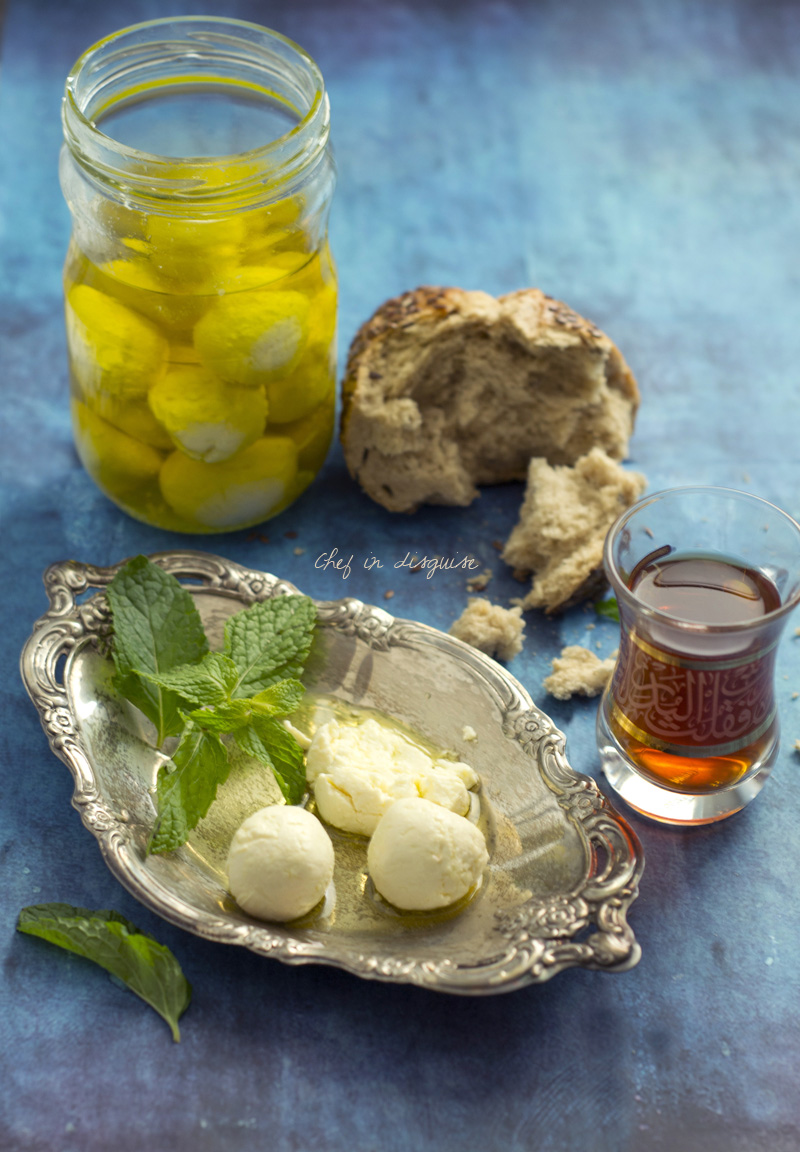
Compared to cream cheese, labneh is much healthier and lighter in calories, you can make it using regular yogurt or fat free yogurt but the best labneh is the one you make out of homemade yogurt. Another major plus to making labneh is that it is really easy to preserve, regular labneh lasts 2-3 weeks in the fridge. If you strain it further, you will get a labneh that you can roll into balls and these are called “labneh korat”or”labneh mka3baleh” which means “labneh balls”. Put these is a jar and submerge them with oil and they will last a whole year in the fridge. Labneh balls also make for a wonderful appetizer if you make them small enough. You can serve them plain or rolled in zaatar, sesame seeds, parsley, sumac, or pepper.You can even serve a platter of labneh balls rolled in different toppings, they make for a very pretty and tasty appetizer. You can also add them to salads if you feel like adding a refreshing new twist to your regular salad.
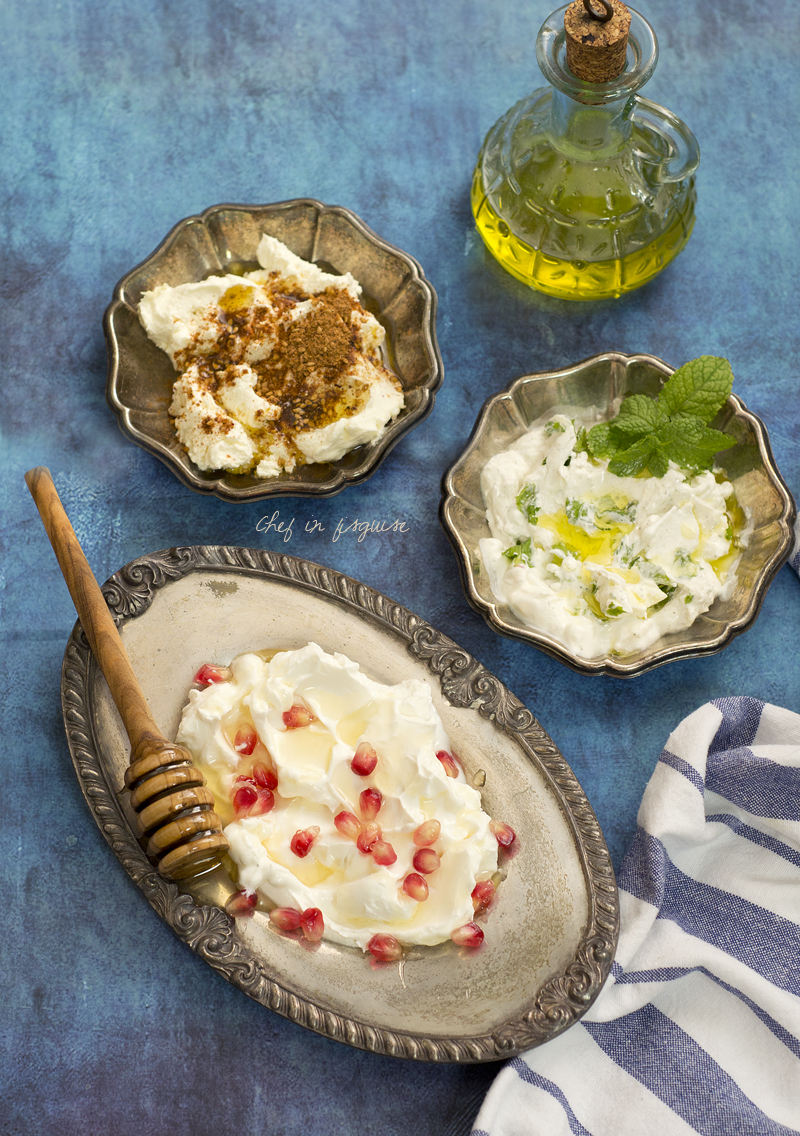
Homemade labneh
1 Kg Yogurt (greek ,regular or fat free)
1 teaspoon salt
Cheesecloth or a fine weave fabric
Colander
Twine

Place a piece of doubled cheesecloth or soft cotton fabric (preferably undyed and clean) in the colander and place the colander over a deep bowl
Stir the salt into the yoghurt then spoon the yoghurt in the center of a piece of the cheesecloth.
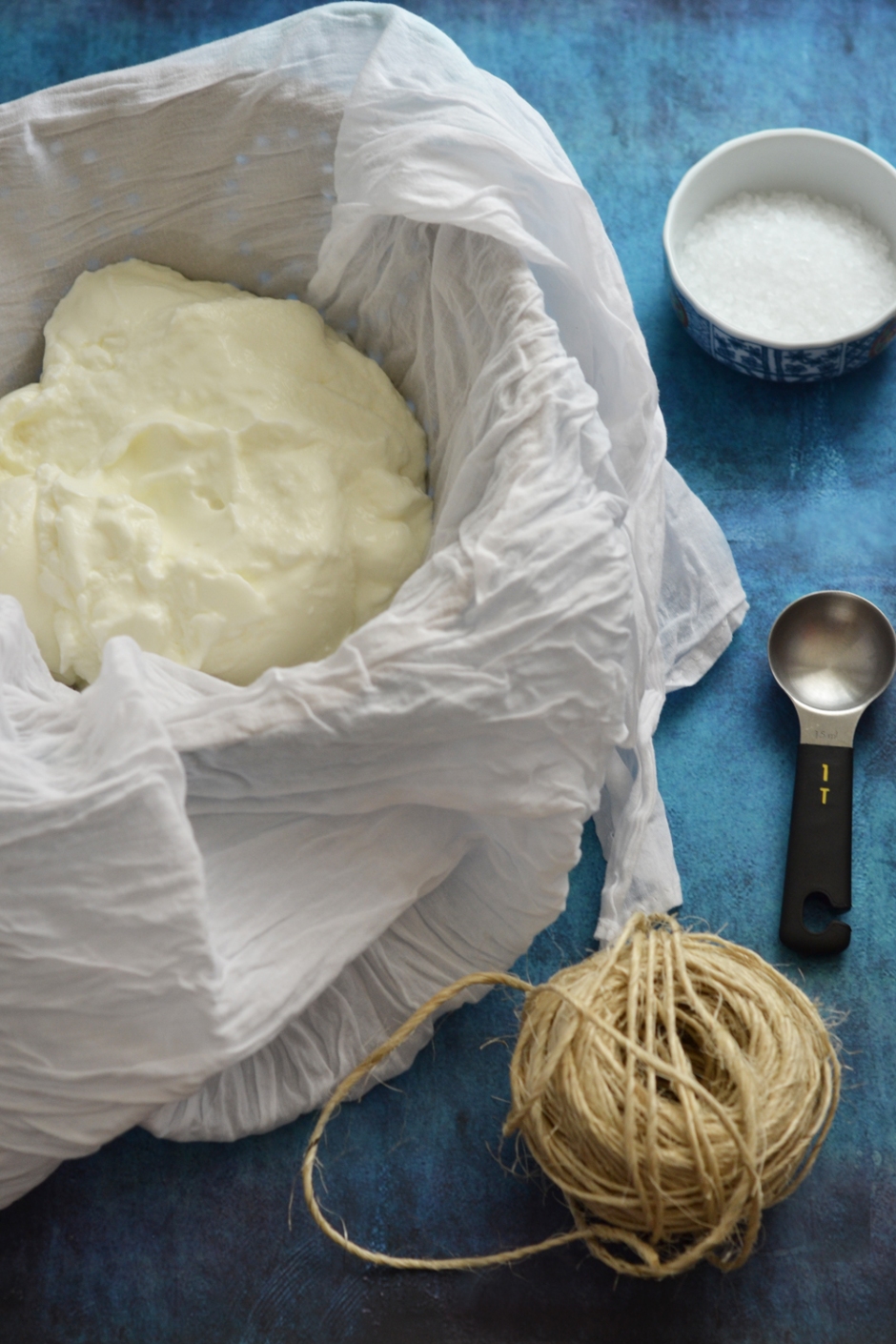
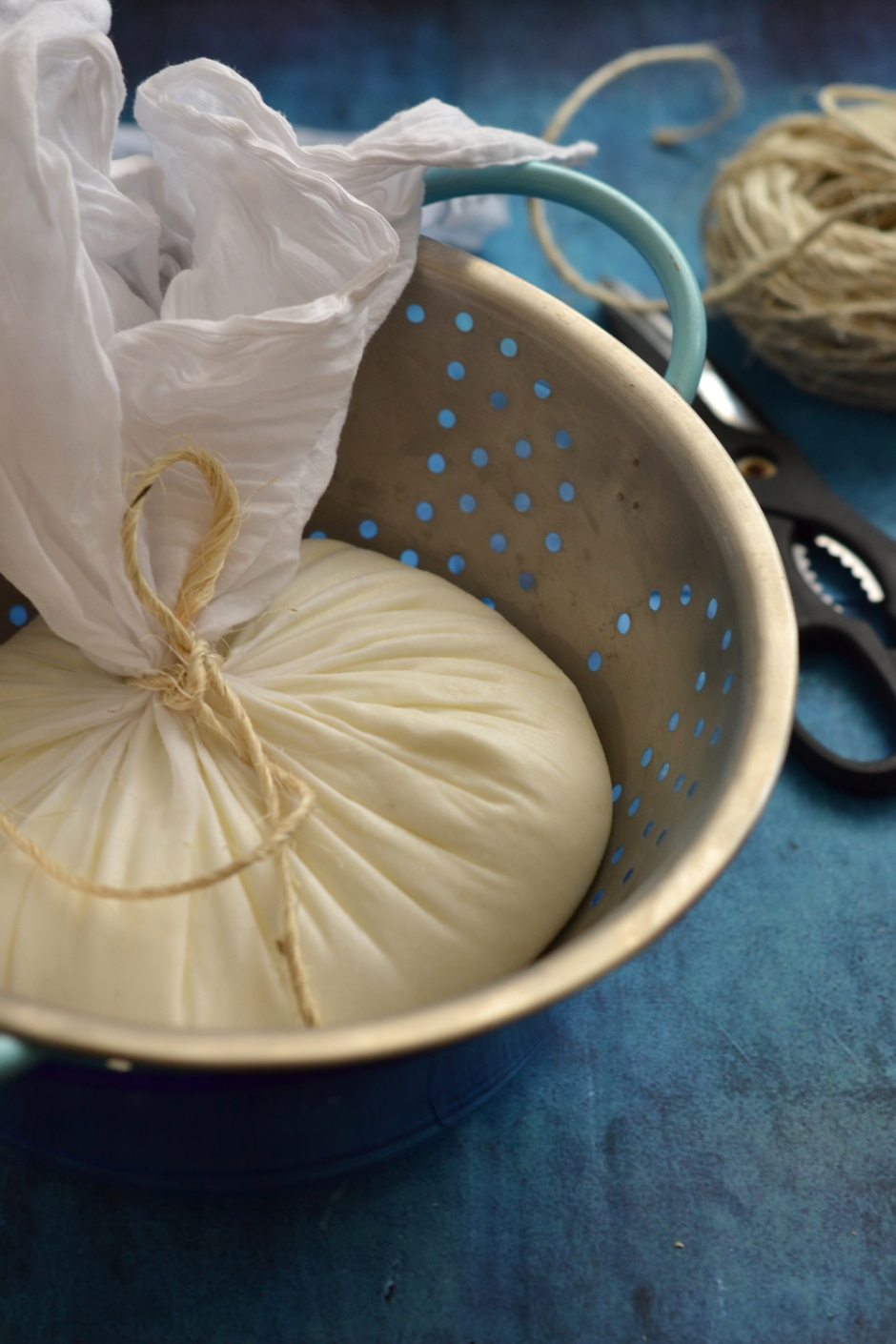
Leave to drain for 3-5 hours . (if the weather is hot allow it to drain in the fridge).
You can also pull the corners of the cheese cloth up and tie them tightly and then suspend from a stationary object over a bowl (to collect the whey) . Again if the weather is hot do this in the fridge.Let the labneh hang overnight,when well drained it will be the consistency of cottage cheese.
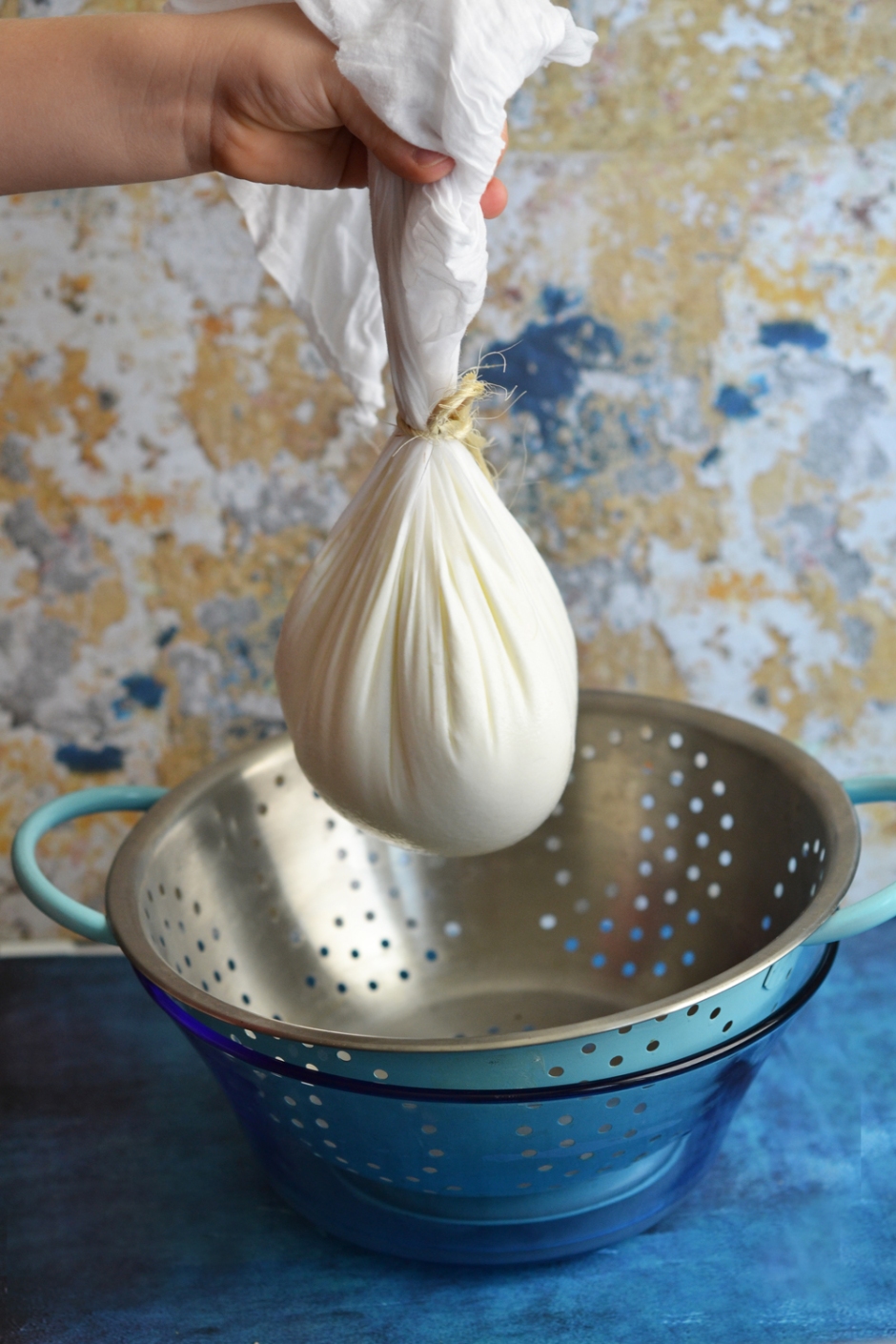
Remove from the cloth and store covered in the refrigerator until needed.

Notes
If your labneh is still too thin in consistency, you have two options to make it thicker
- Fold the cheese cloth around the labneh and then place a weight over the labneh (think heavy bottle or a bag of rice or sugar, something 3-5 kg in weight). The weight will help draw out the whey.
- Leave the labneh to strain the fridge, get a clean white fabric and wrap the labneh in it and place it in the fridge in a colander over a bowl to collect the whey. Change the fabric two times a day for 2-3 days and the labneh should become very thick as the fabric will draw the whey out of it
Flavors: You can mix in fresh or dried herbs, minced garlic, pepper flakes or any other flavoring you like.
Cheese cloth The purpose of “cheese cloth” is to separate the curds from the whey by allowing the whey to drain while holding the curds and preventing them from passing through. What most people think of as “cheese cloth:” the very wide weave material is often useless for this purpose unless you double it over itself 4 or 8 times . I recommend using either a large plain white cotton handkerchiefs, or white non-terry cotton dish towels, something clean that you dedicate for cheese making and make sure it is a fabric with fine weave
If you don’t have a cheese cloth try using unbleached coffee filters lining a fine sieve to strain the yogurt (thank you for the tip Eva)
To Serve Labneh:
- Spread it evenly over a medium-sized plate. Sprinkle with fresh seasonal herbs like mint, za’atar, or dill – or place a few olives around the center of the plate. Drizzle a thread of olive oil over all. Serve with pita or other fresh bread
- Use it as a spread to make a sandwich, plain or with some zaatar or mint on top.
- Serve it as a dip with cucumber, carrots or celery sticks
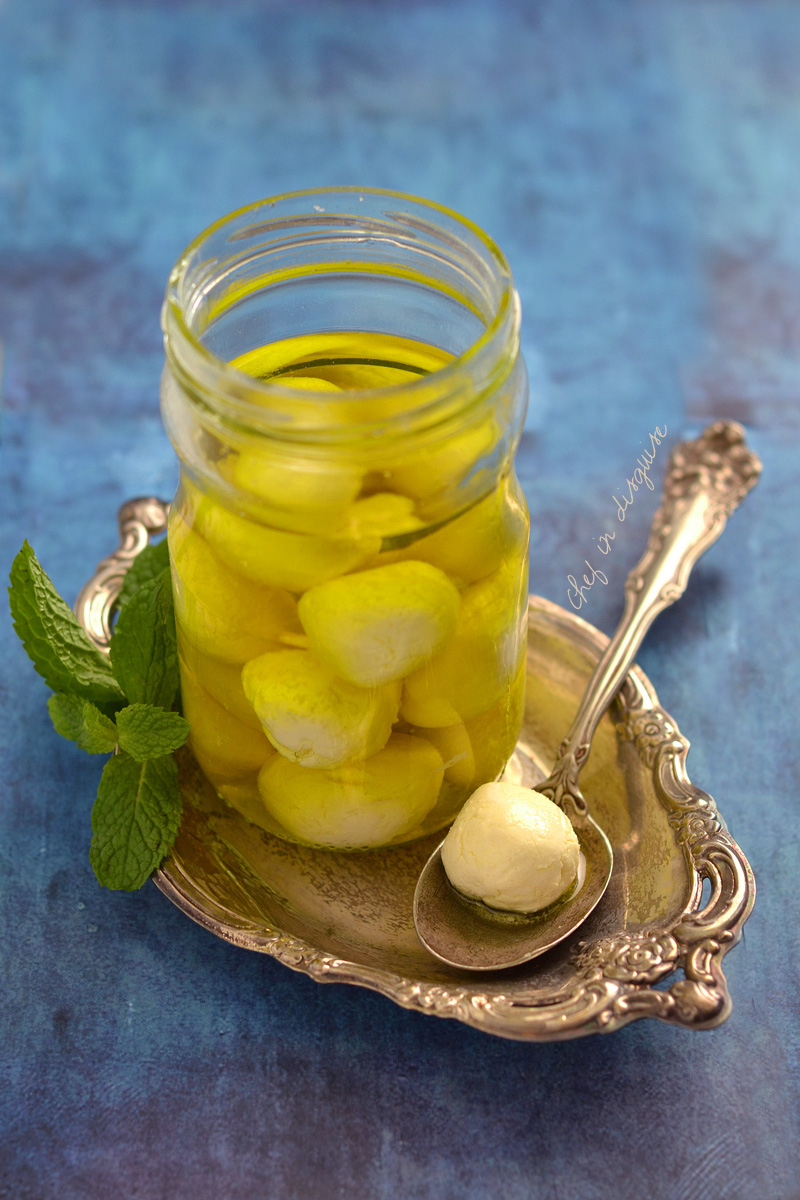
To make Yoghurt Cheese Balls (Labneh korat)
Drain the labneh for 5-6 more hours. (If the labneh is still too thin check the notes above on how to make it thicker in consistency)
Take about one tablespoon at a time and roll it into smooth, round balls and place in a sterile, air tight jar, cover with olive oil.
Seal the jar and store at room temperature (if you live in an area that has hot weather it would be better to store it in the fridge)
The labneh will keep this way for several months but you will have eaten them all up long before that!
A great way to serve these Labneh balls is to roll them in herbs , spices or crushed nuts. I love rolling mine in sumac, dukka, crushed walnuts and dried mint

What to do with the whey from making labneh?
You can use the whey in baking to replace buttermilk or to replace the liquid in the recipe. It will add nutritional value and make the end product fluffier but do keep in mind that the whey has salt in it so you may need to adjust the salt content in the recipe. I use it to make pancakes
https://chefindisguise.com/2012/04/07/a-wake-up-call-alton-brown-whey-pancakes/
and to make pizza and fatayer dough.
You can also make this savory drink using the whey
https://chefindisguise.com/2012/04/19/ayran-savory-yogurt-drink/


